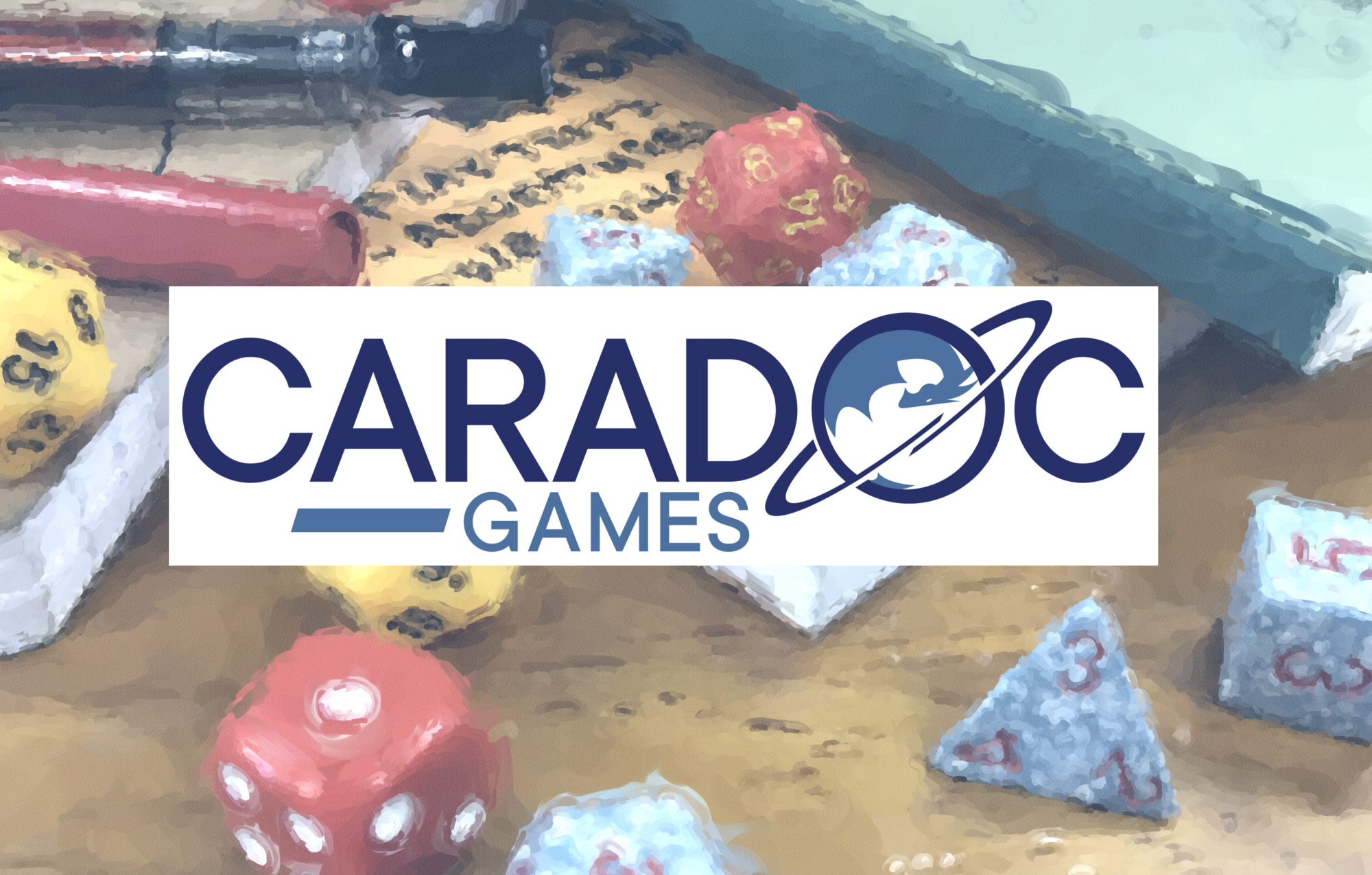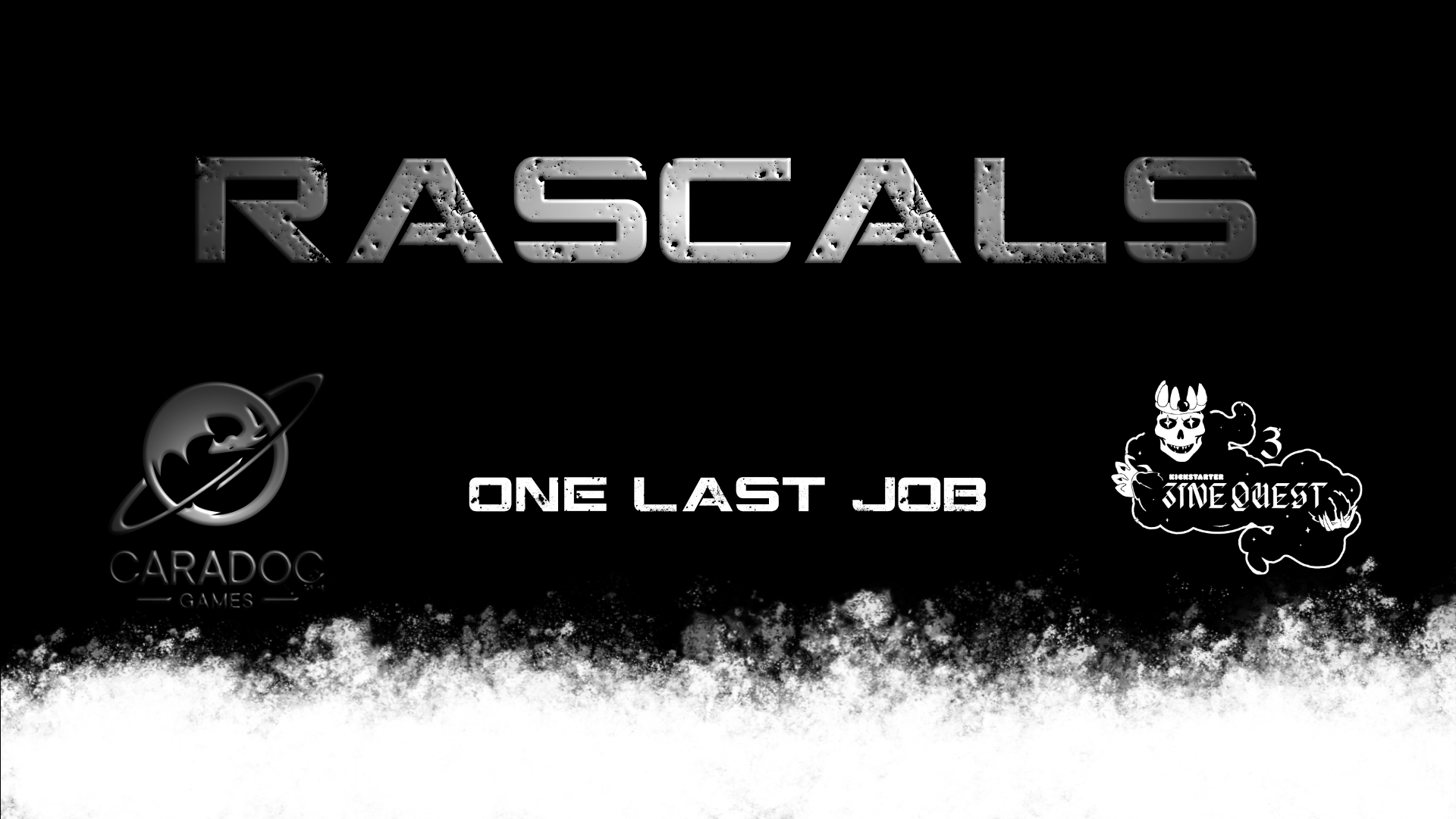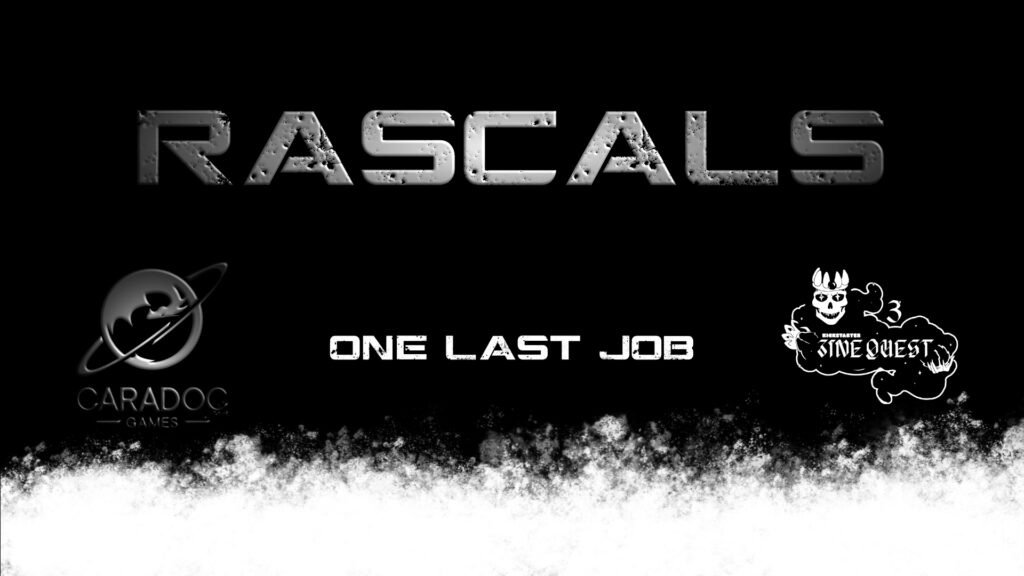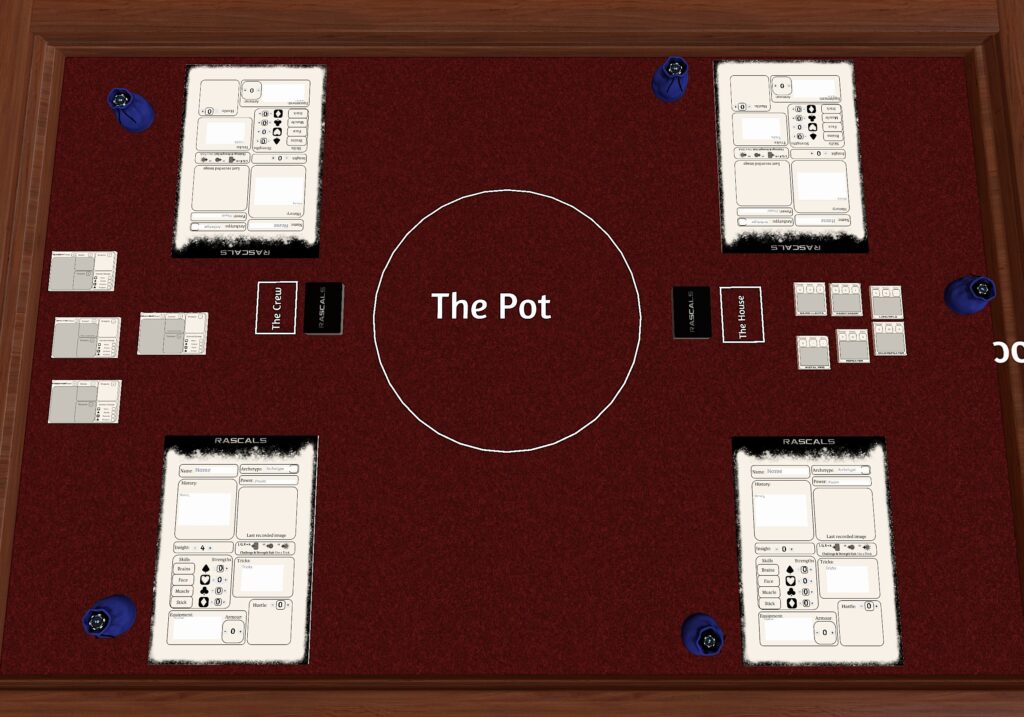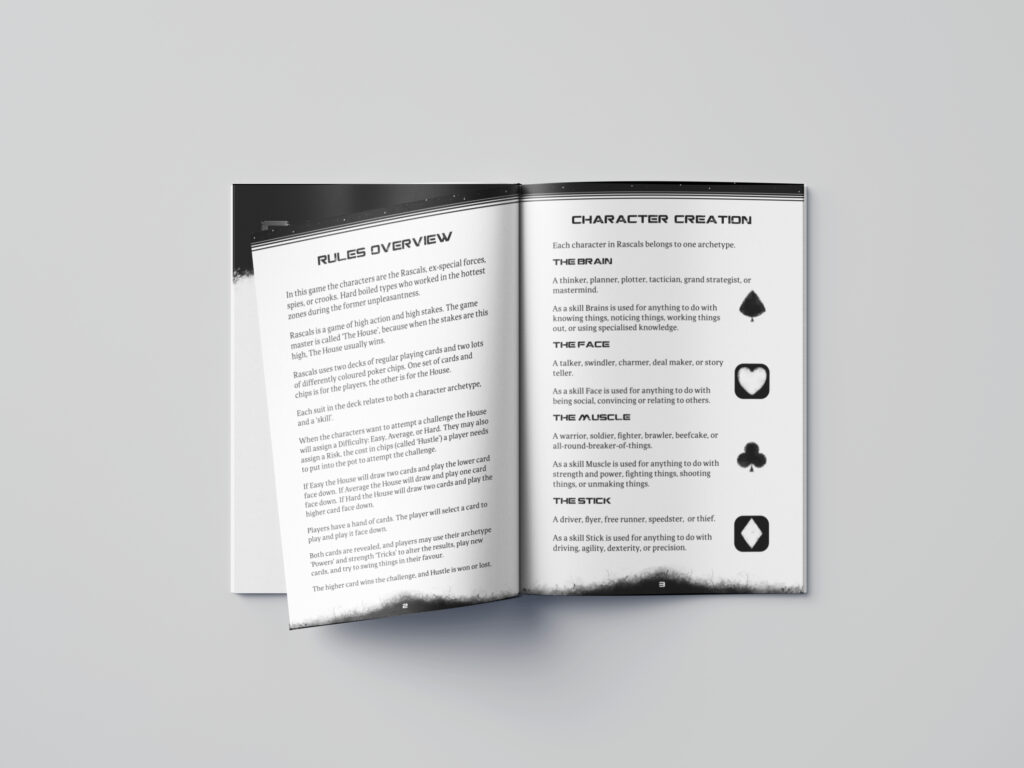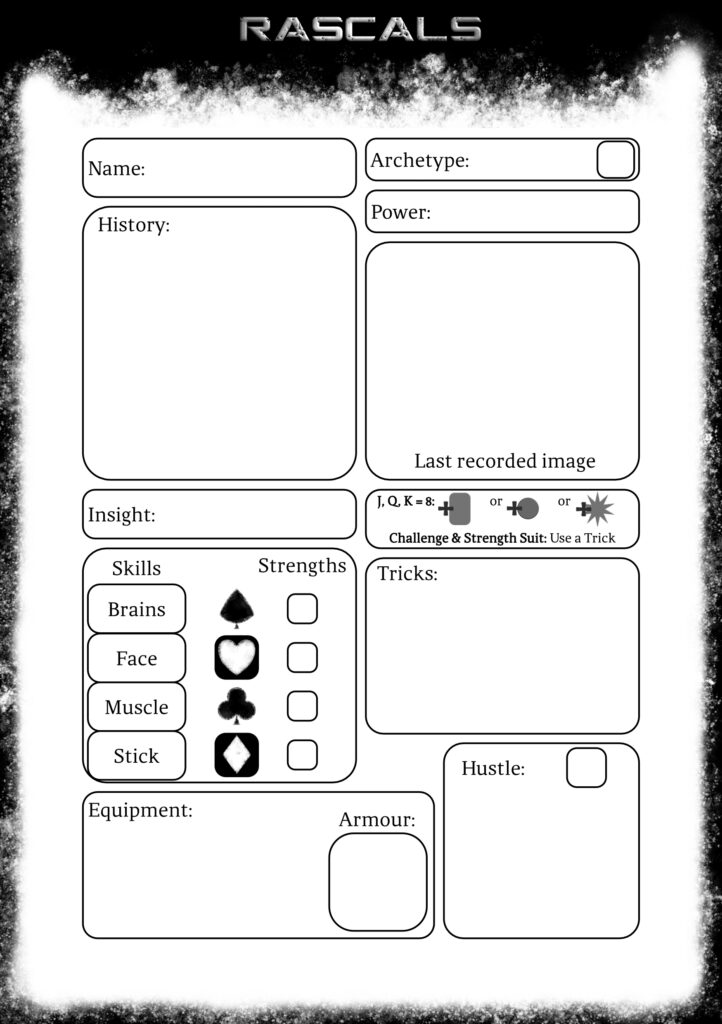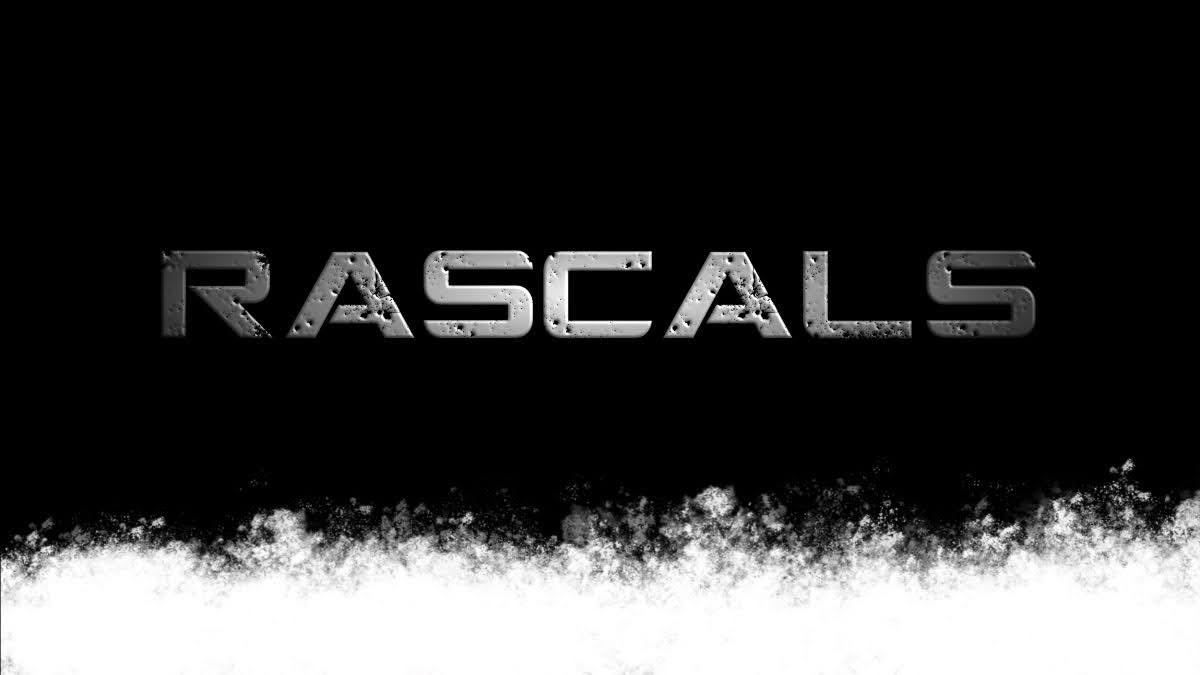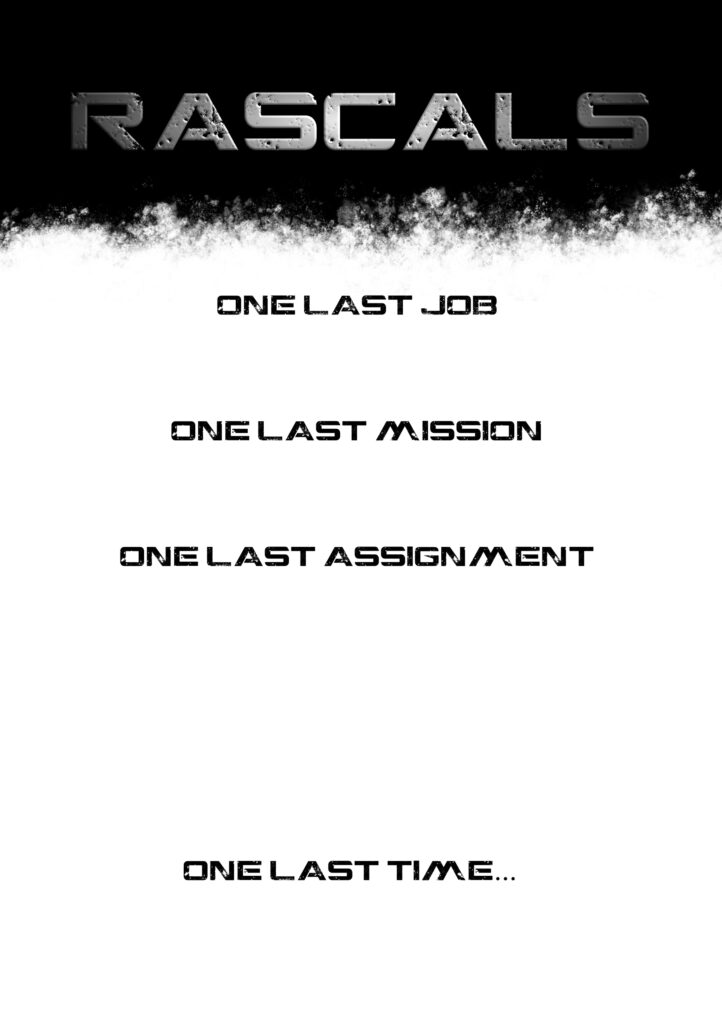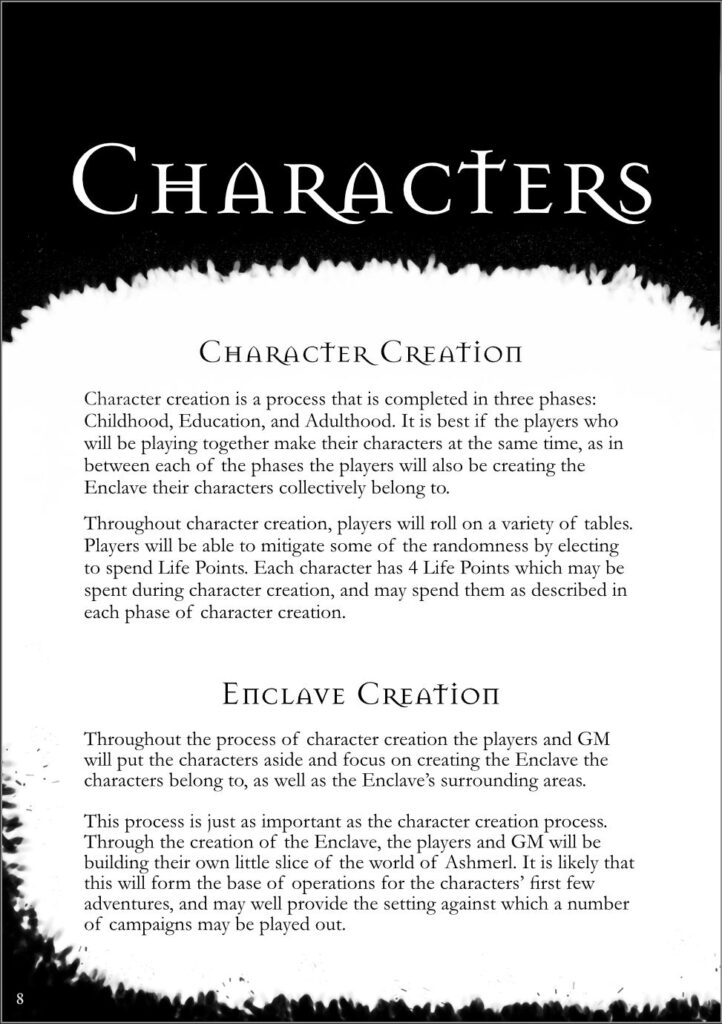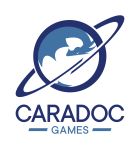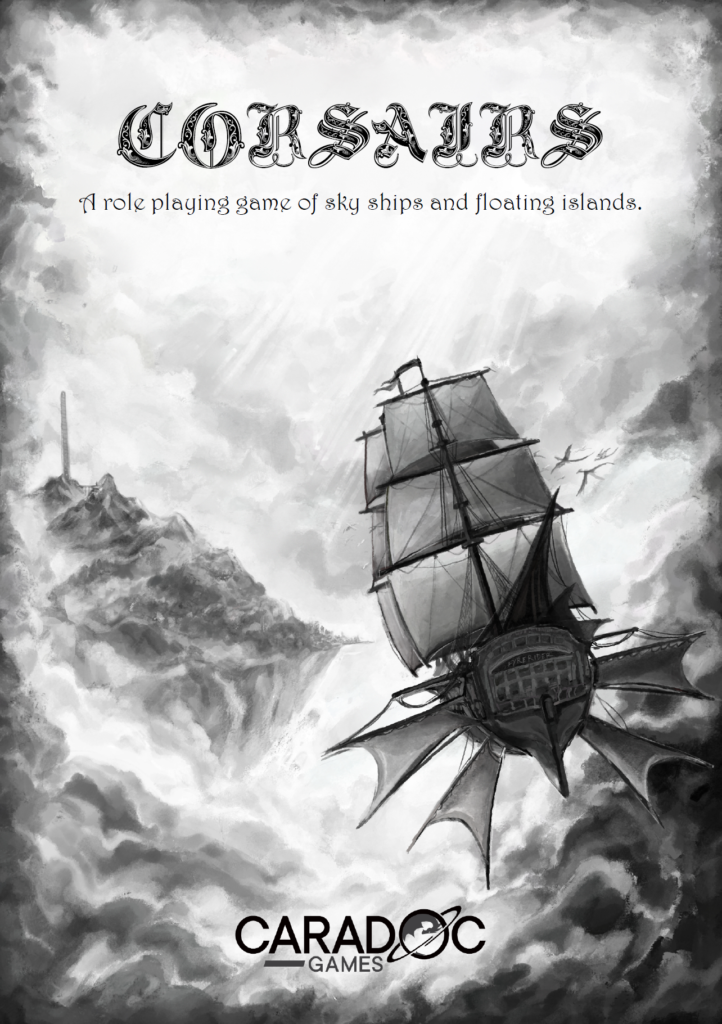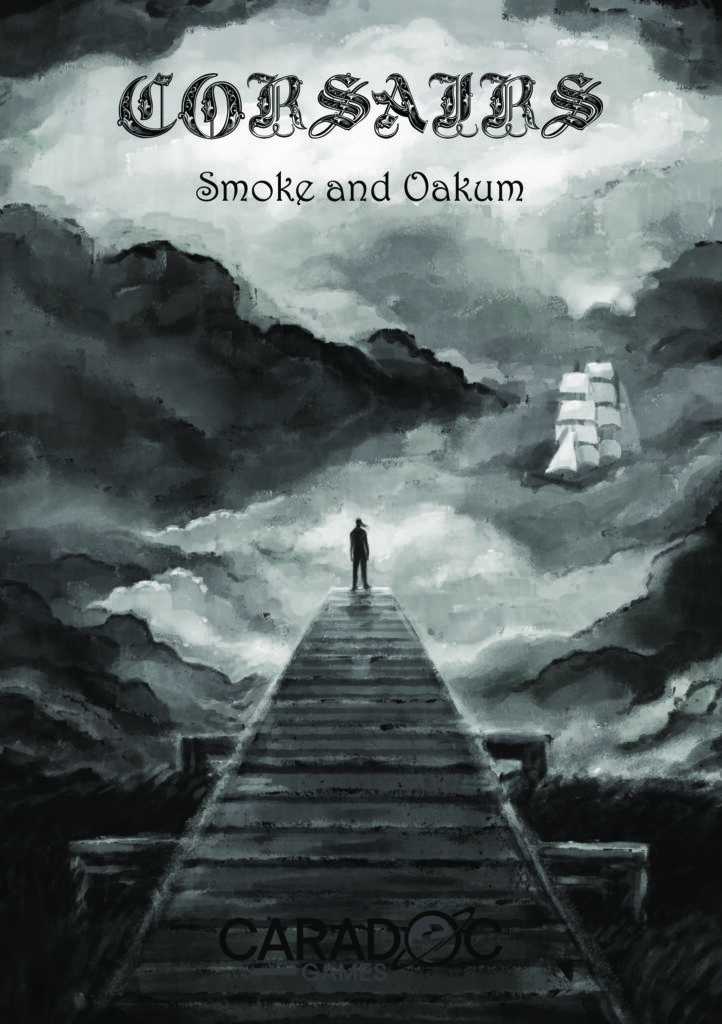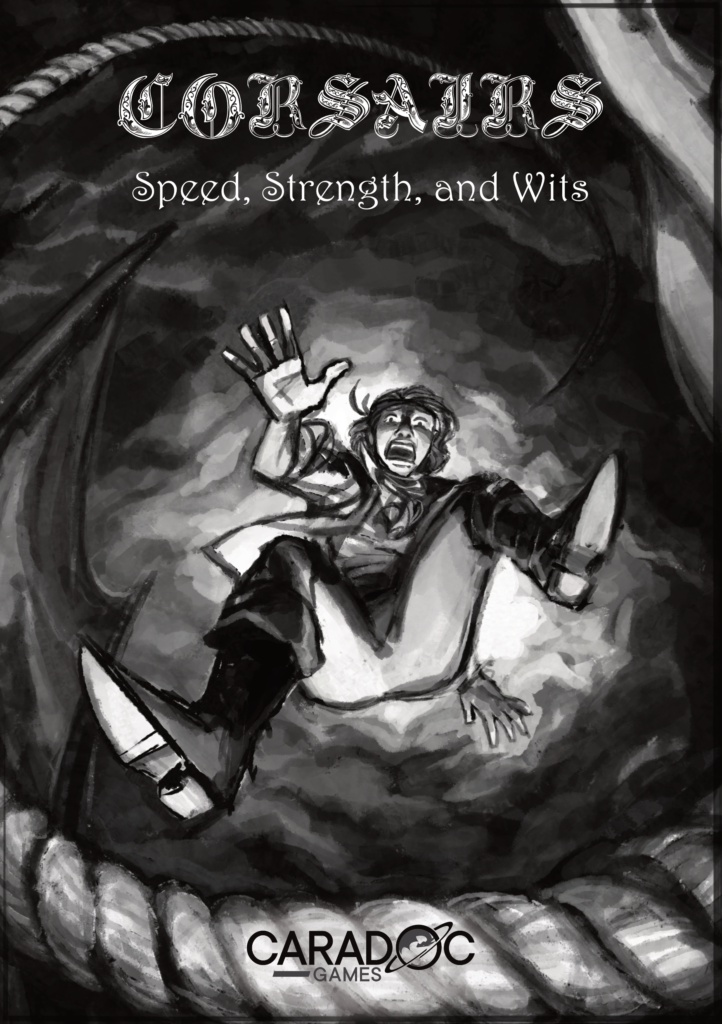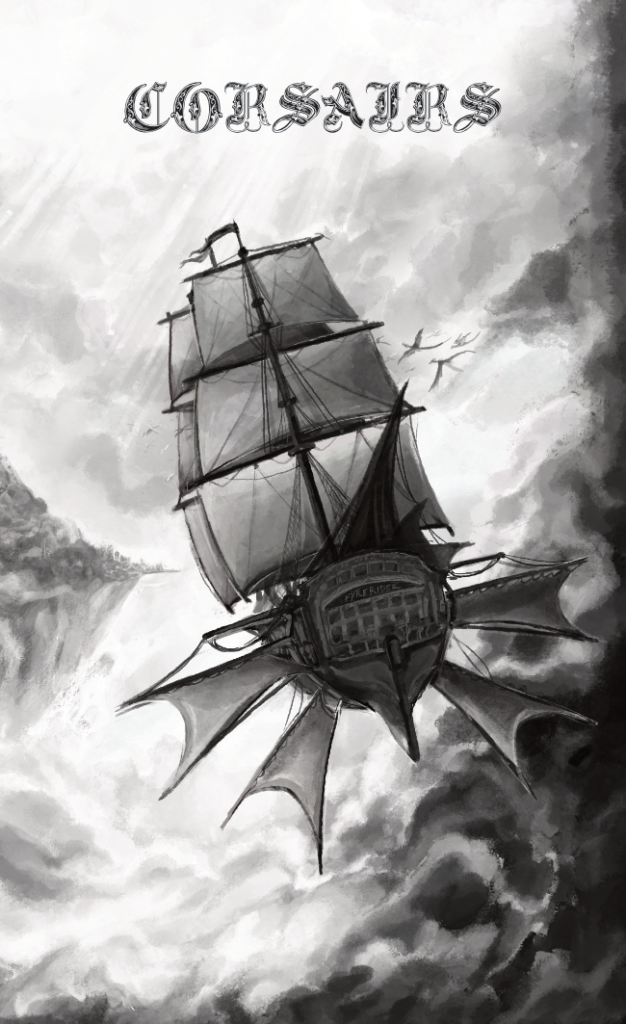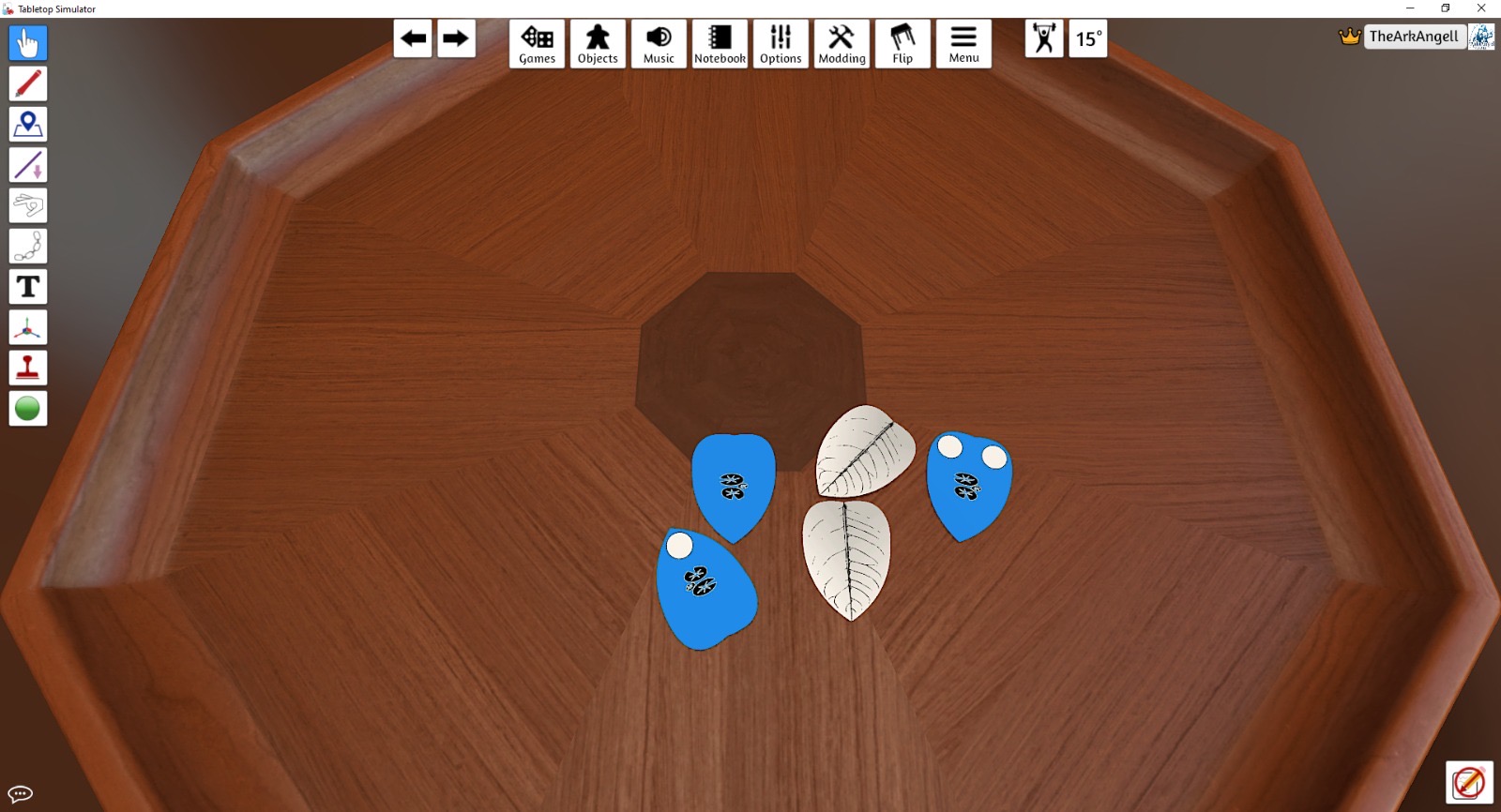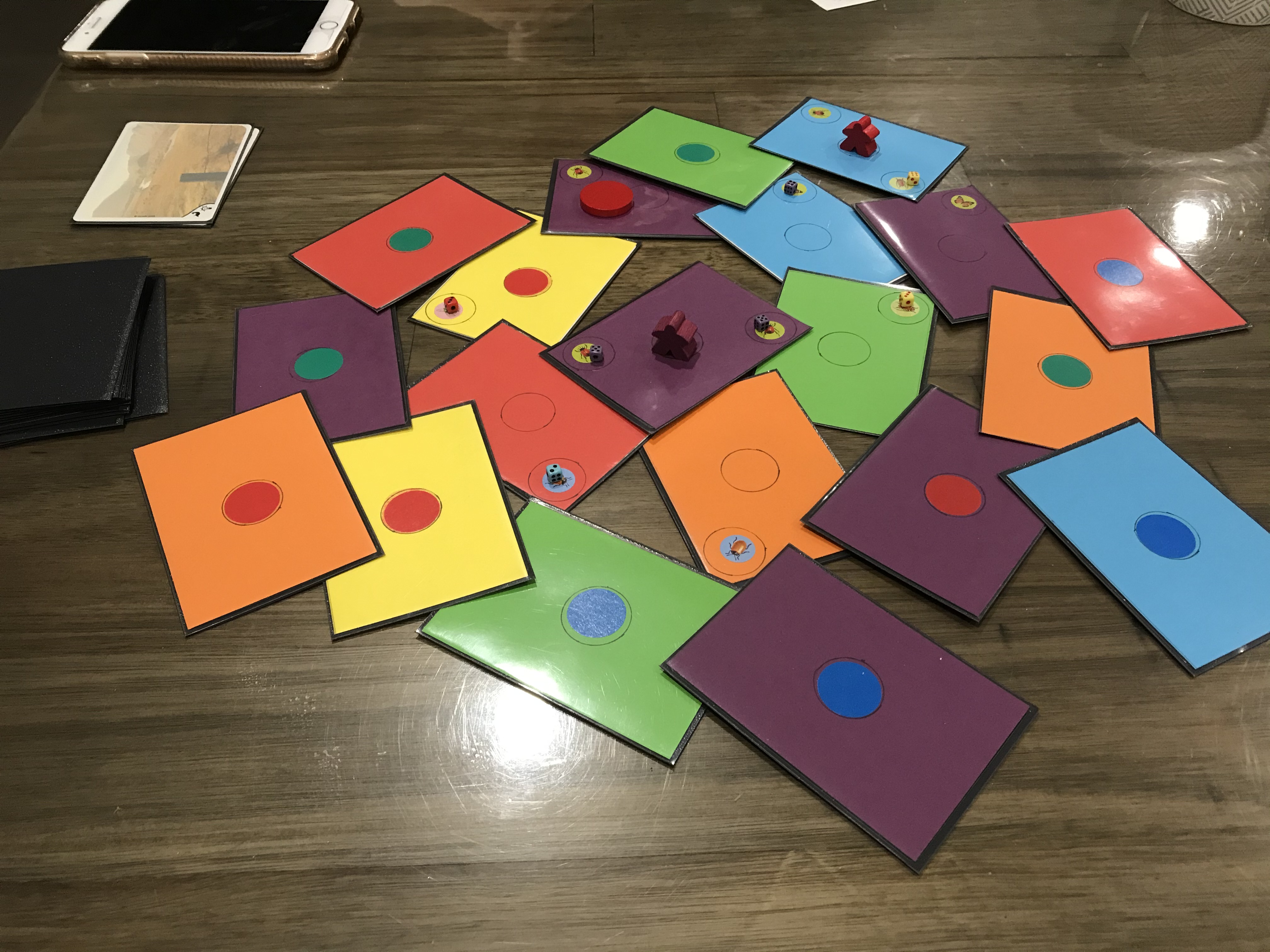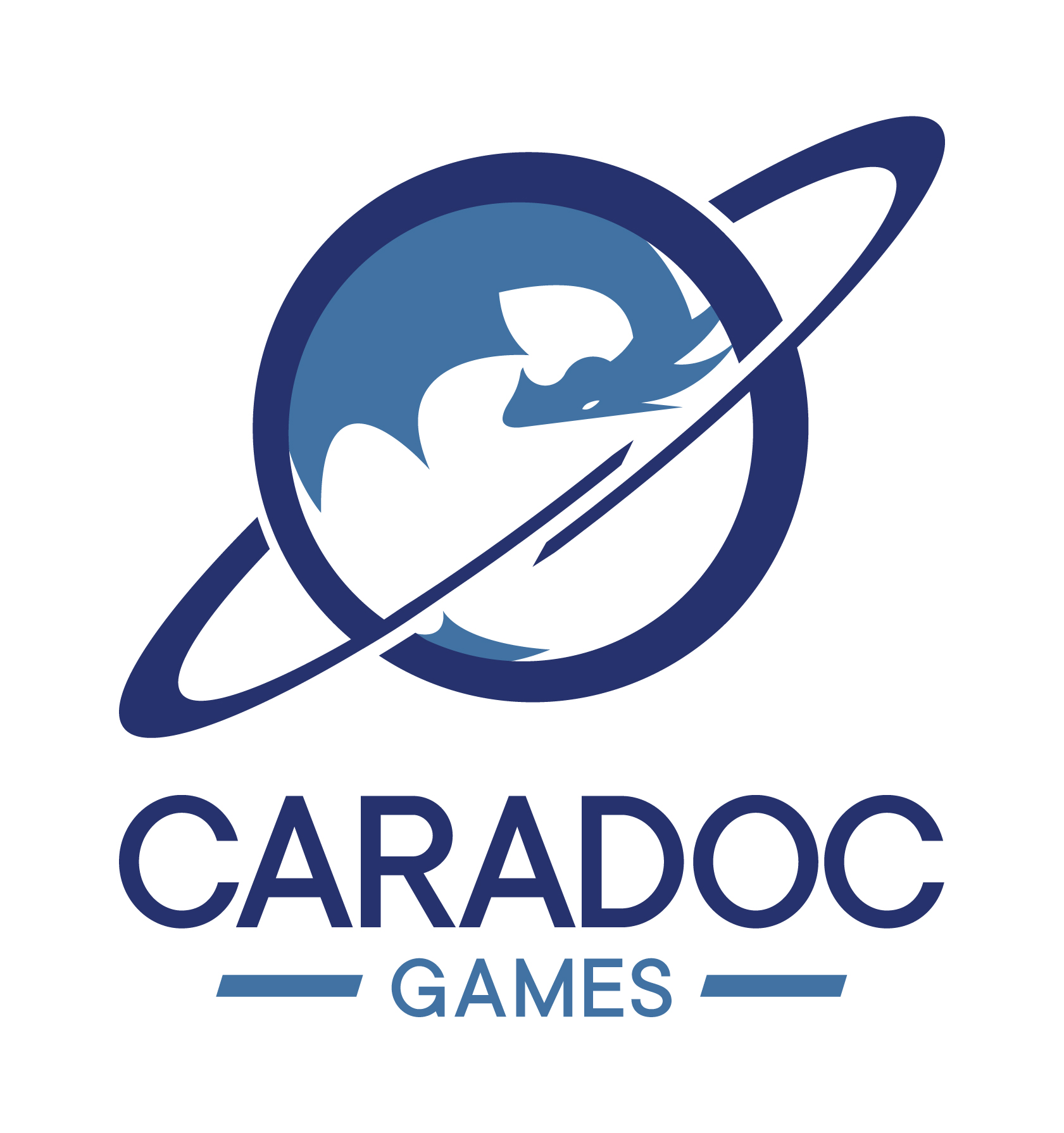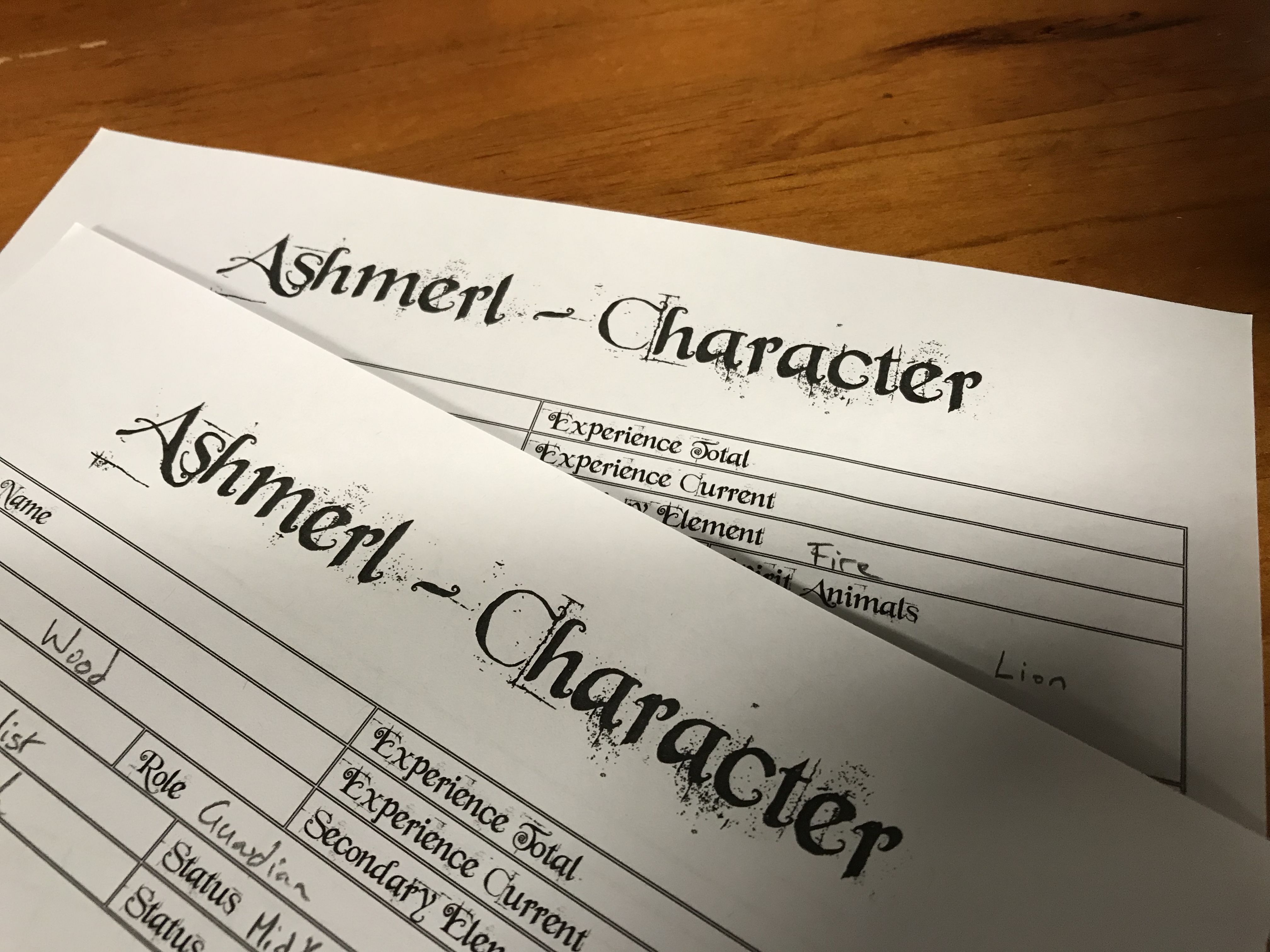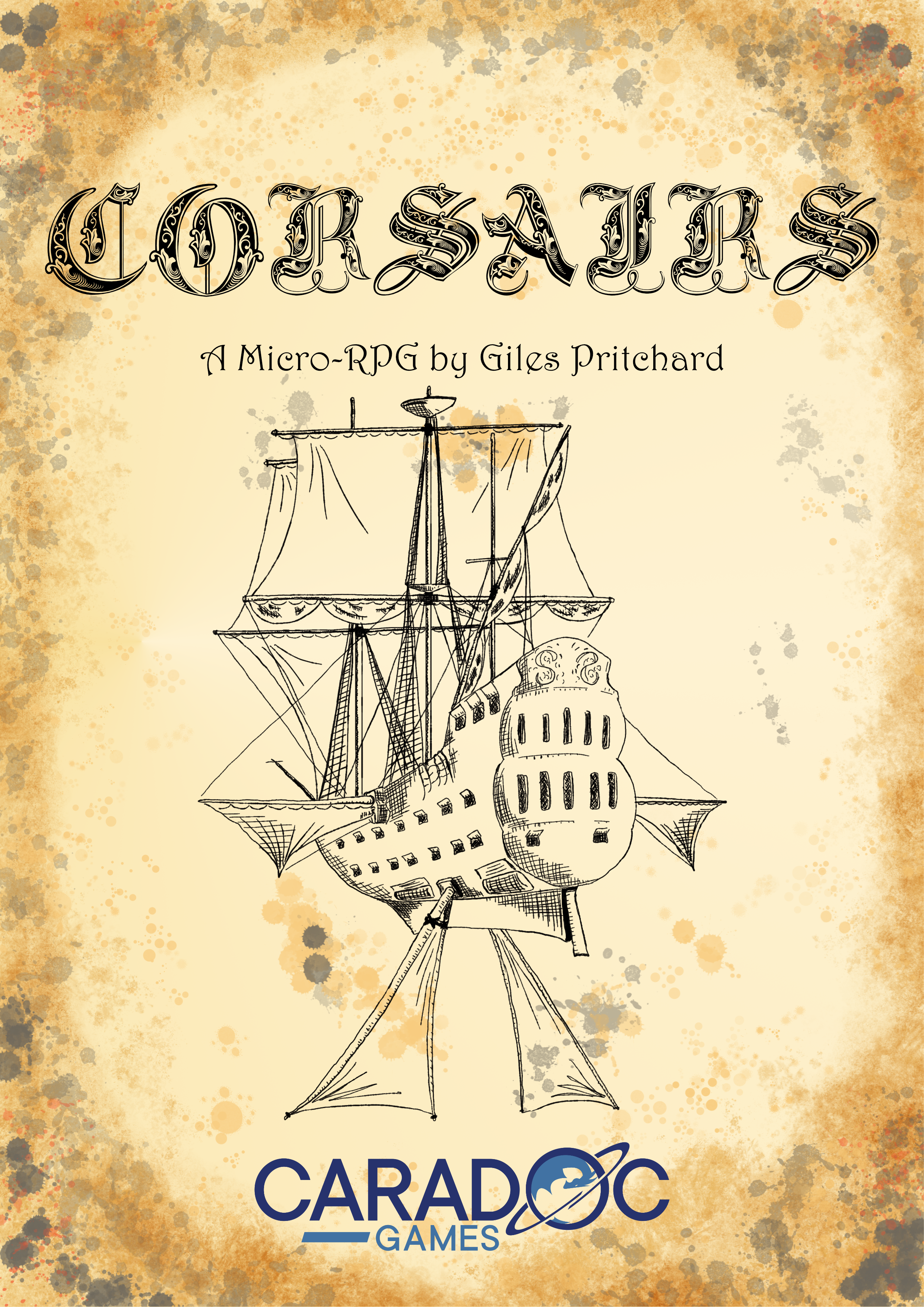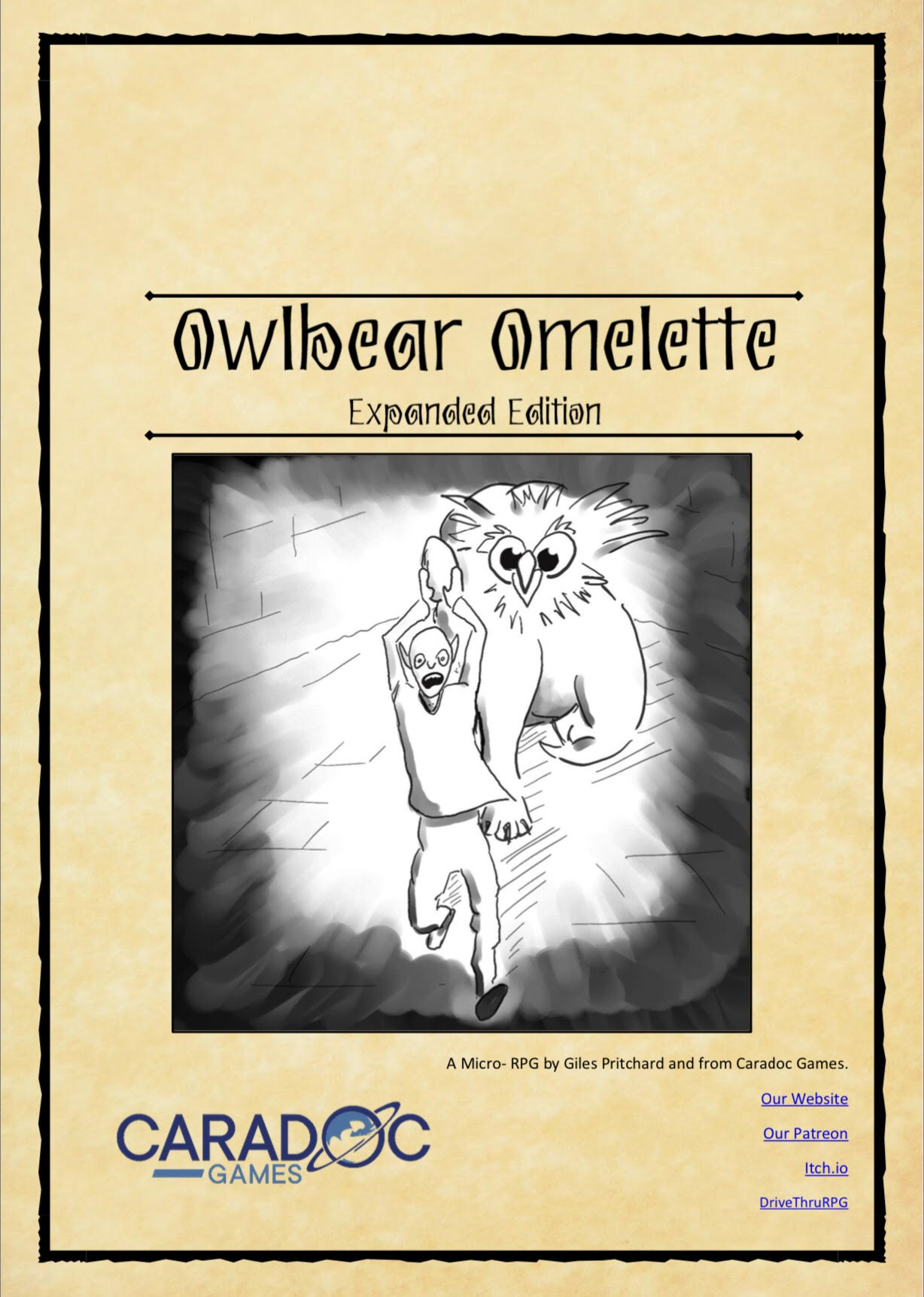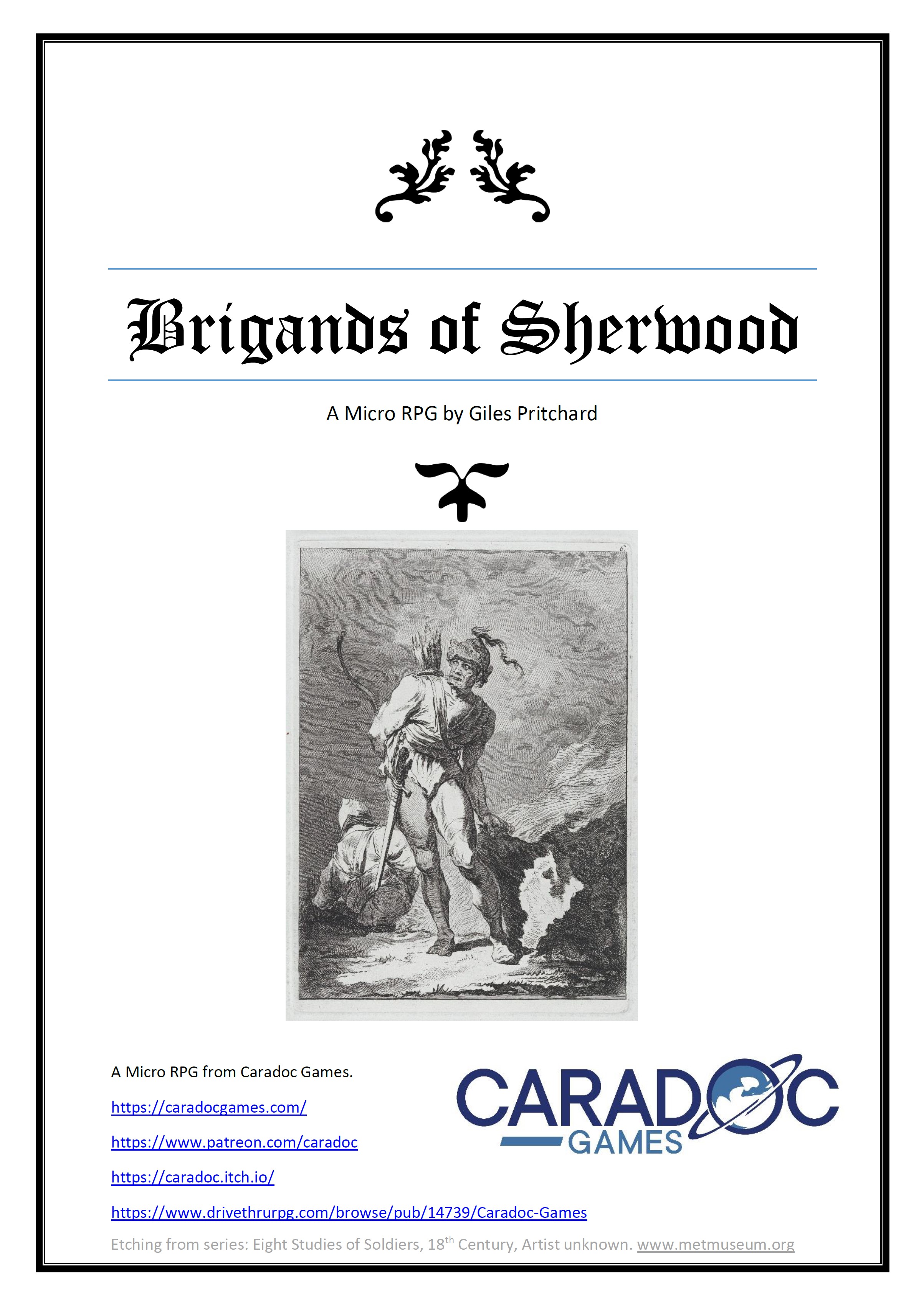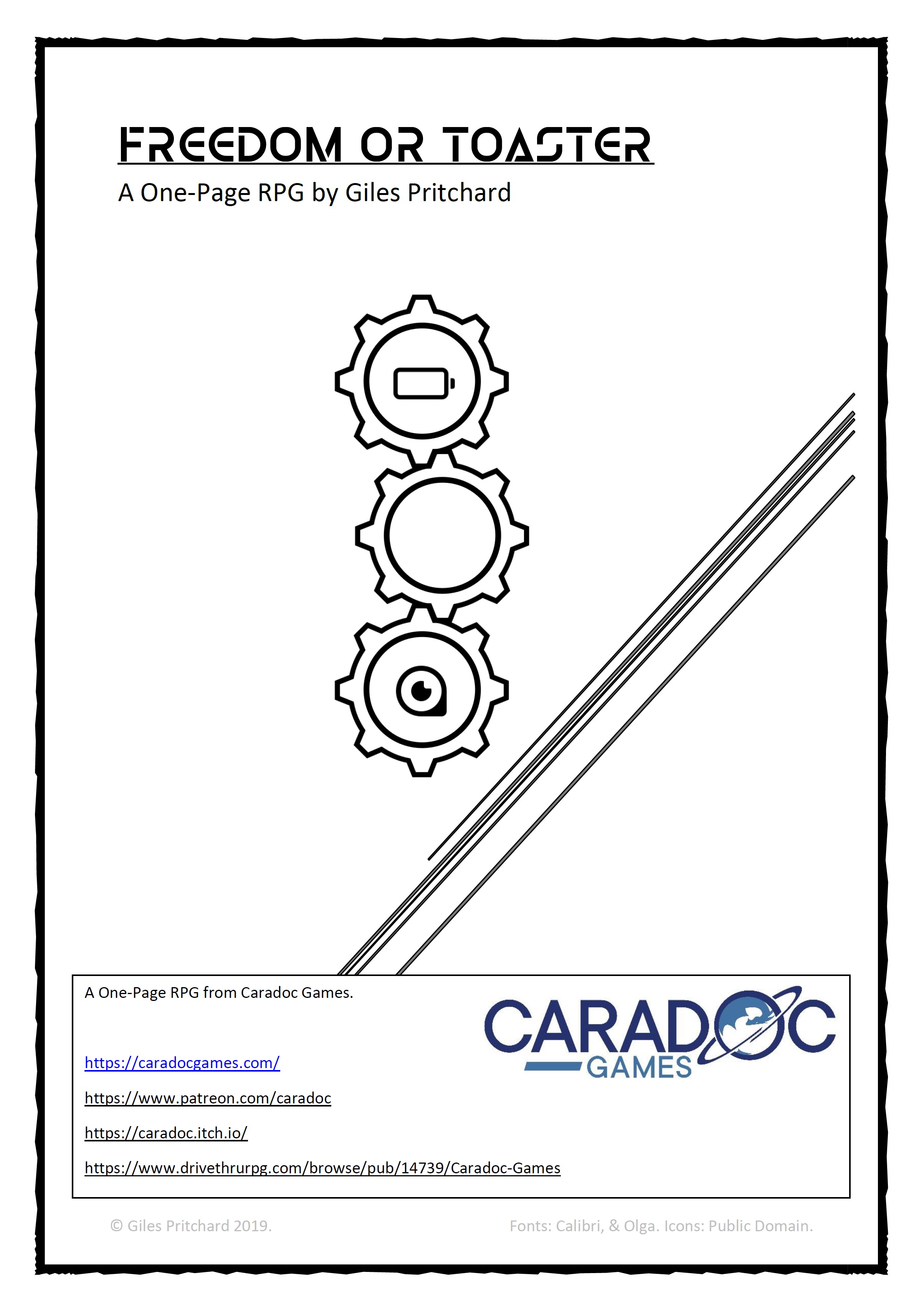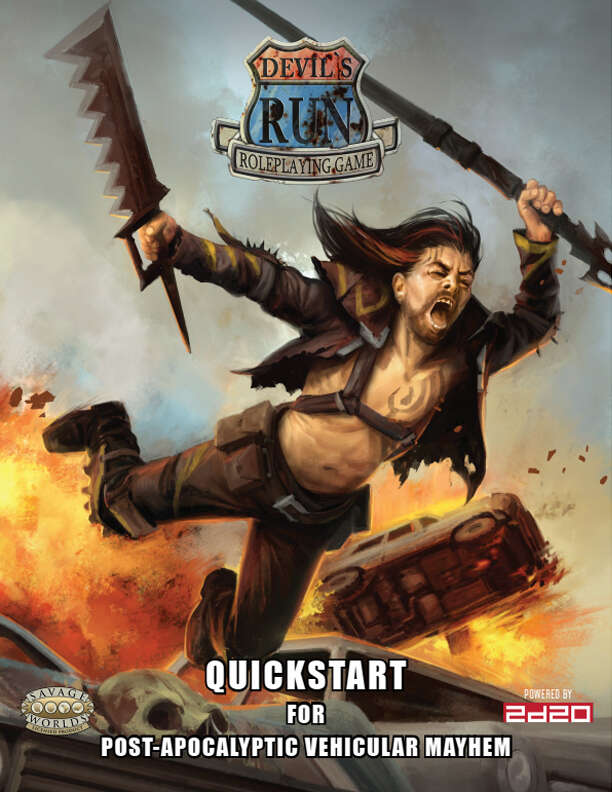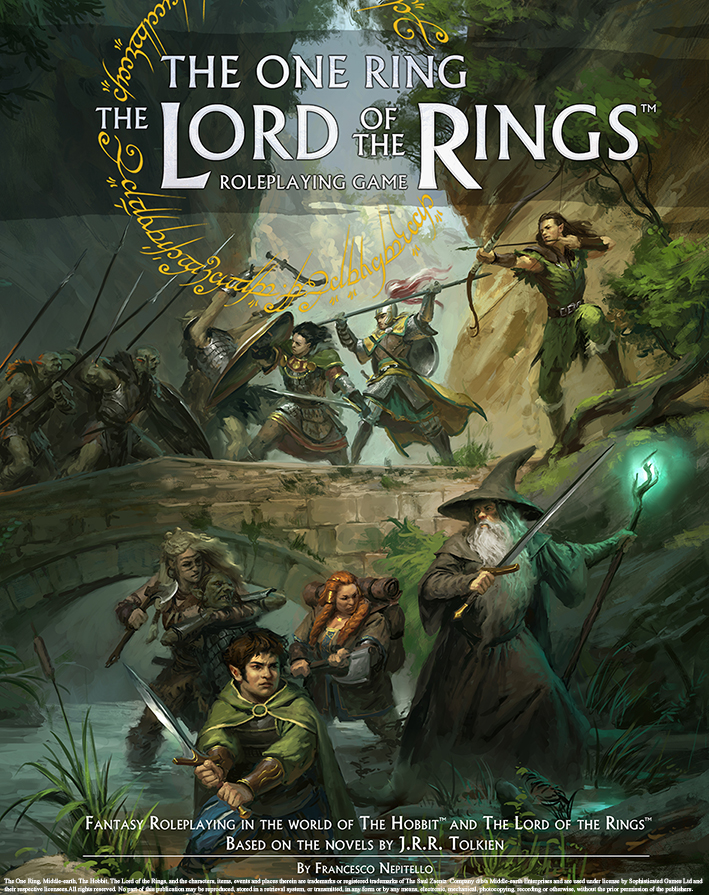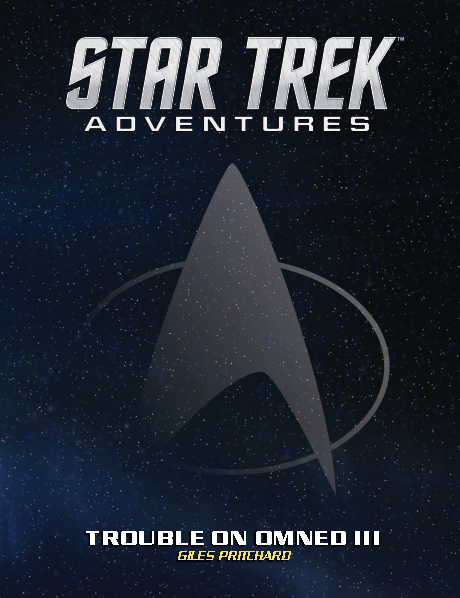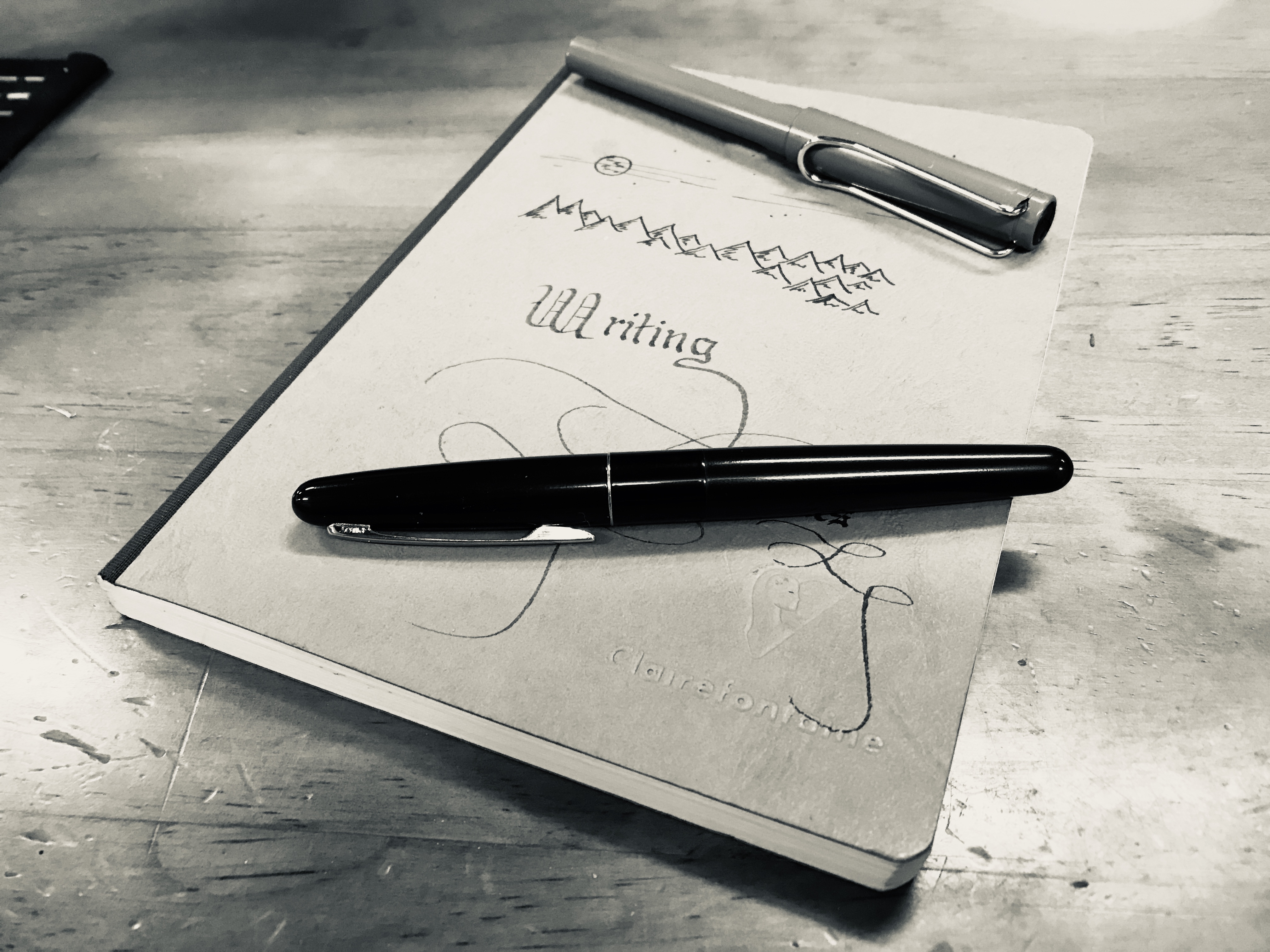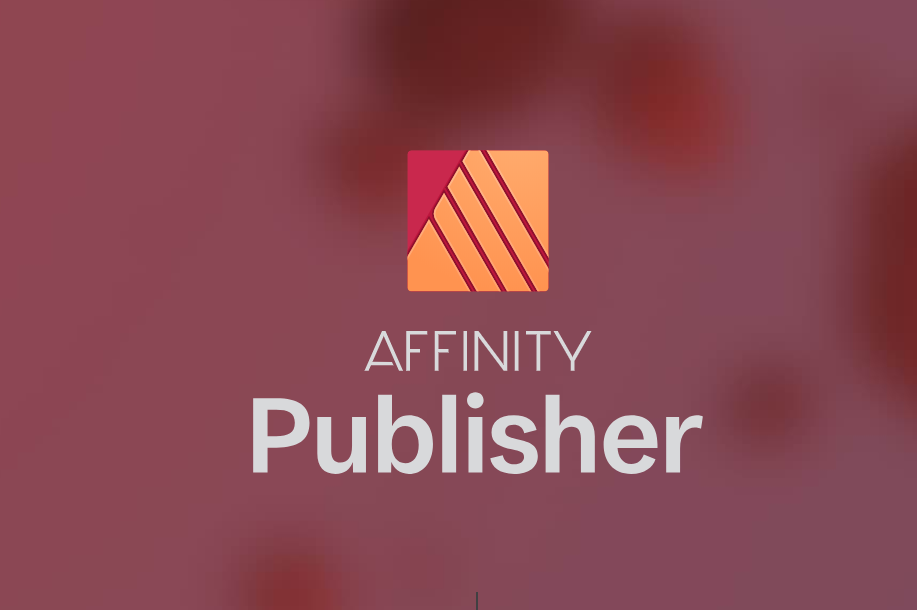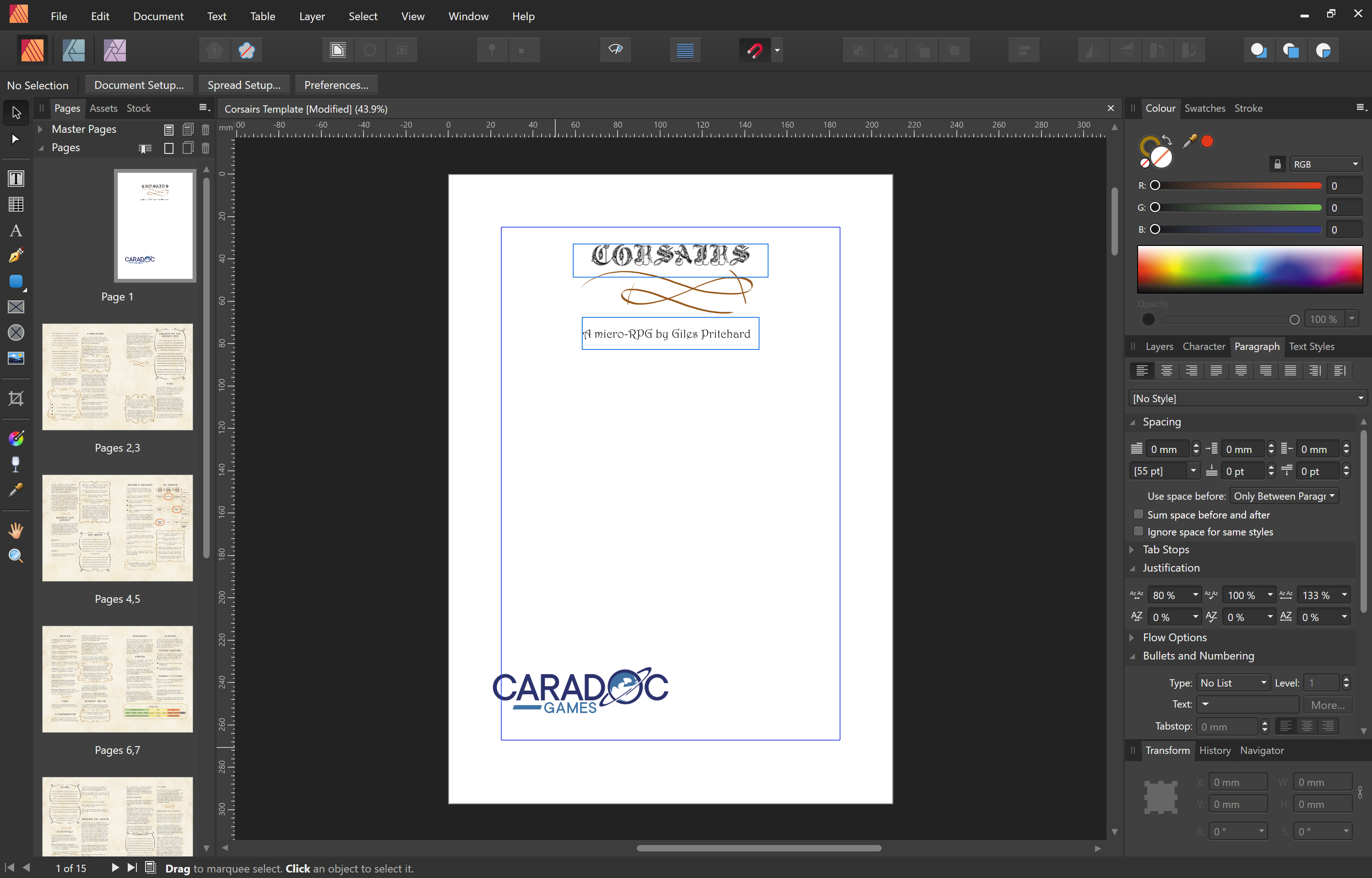2019 is on the verge of passing, and before the new year gets underway, with the related slew of ‘goals for the coming year’, I thought I’d jot a few notes down about the year that has passed. Every year, like many others I set down some goals. Reading back over my posts from January, my goals vacillated, I wasn’t sure whether to pursue my fiction writing, my freelance work, or work on my own games. In the end I settled on the idea of working on my own games, and continuing with my freelance work, albeit, winding it back a touch. So how did these things go?
Caradoc Games
2019 saw the founding of Caradoc Games, with a logo, a business name, and all the funky official things that go alongside it. It saw this website renamed twice, and shift through three domains to the current caradocgames.com.
After I finally settled on producing some games and work of my own I started with development on a large fantasy RPG I had begun in the latter months of 2018: Ashmerl. Ashmerl has only seen a small amount of work over the last six months, including an early playtest that suggested I need to change a few core elements, this is something I intend to come back to, as I am a big fan of both the setting and the character creation system I devised. I’ve recently started to play around with some various ways to fix the issues I felt existed in the system, and some interesting mechanical alterations to other rules aspects. It is something that will feature heavily in 2020, I hope.
Despite not making a lot of progress on Ashmerl, I wasn’t idle, and released four micro-rpgs: Freedom or Toaster, Brigands of Sherwood, The Hoppy Pops, and Owlbear Omelette. I’ve also managed to finish off the rules for a slightly larger micro-rpg called Corsairs, which I hope will be released through the Kickstarter Zinequest… we shall see!
These four games were released through Patreon, on DriveThruRPG and on Itch.io, and links to all these places can be found on the Downloads page.
As of the time of writing this these games have collectively been downloaded over 500 times, with twice as many downloads through DriveThruRPG than Itch. Altogether I have made about $25 USD from these games, with a majority of the money actually made coming from when Owlbear Omelette and Brigands of Sherwood were a part of the indie-RPG Colludium bundles, put together by the most excellent Marcus Shepherd.
No, that’s not a lot of money, but since all four titles are available as pay what you want, it is more than I was expecting. Here are some of the stats, for those interested:
The most successful of my games so far has been Owlbear Omelette, it has been downloaded 160 times, 117 on DTRPG, and 43 on Itch.io. It has also made the bulk of the money, with $11 from DTRPG and $5 from Itch.
Second most successful has been Brigands of Sherwood, downloaded some 149 times, 109 of those on DTRPG and 40 on Itch, and raising $1.10 from DTRPG, and nothing on Itch.
Freedom or Toaster comes in next with 146 downloads, 82 from DTRPG and 64 from Itch. Interestingly it is my most popular game on Itch, and most regularly downloaded, even in more recent months. It has netted $2.00 from Itch, and nothing from DTRPG.
My least successful game has been The Hoppy Pops, which is a shame, because I really quite like it. I wonder if my choice of running with a coloured cover that looks (well, is) very amateurish has hurt it’s chances. I did have a sketched version, but felt this lurid colour suited the theme better. Not a choice I would repeat. It has been downloaded only 64 times, 49 on DTRPG and 15 on Itch, and has made no money.
All of the games I have released have been rated one time each on DriveThruRPG, and not at all on Itch. Ratings and comments really do help, I know it’s something I rarely do, and need to strive to do more often, but they are useful, and help draw eyes to a game.
So why talk so much about revenue when I made the choice of releasing all these games as ‘Pay What You Want’ (PWYW)? Well, because the purpose of releasing these games for free was ultimately in the hope that people would head to my Patreon account, where they could find the expanded versions, and automatically get copies of games as they were released. Which leads me to my next thing…
So far this year my Patreon efforts have been a dismal failure. I have one Patron, and that is a friend of mine (thanks Will!). I don’t necessarily think the idea of releasing micro-games to lead people to Patreon is a bad idea, I have only really just started, and so I don’t think I have given it a fair chance. I also need to make sure I aim to release one small micro-rpg a month, and something larger (like Corsairs will be) every couple of months. Yes, I have had no luck with Patreon this year, but it’s something I will come back to and put more thought into for 2020. I need to work out what I can be doing better on that front.
Hardest of all this year was finding time to playtest, this has been a continual struggle, and something I want to come back to talk about in more detail at a later date. But man, it is hard to find the time to playtest! Games rely on playtesting to smooth the kinks and see what falls apart. Playtesting relies on having willing participants and time, and the latter particularly has been very difficult to shoe-horn in around all of life’s other commitments. This is a topic that I will come back to later, but between family, friends, gaming, freelance writing, and working on my own games, getting in the playtests has been tough going! Speaking of one of these pressures…
Freelance Work
In 2019 I wanted to cut down on the freelance writing I have been doing and focus more on my own material. I managed the first, and partially managed the second. Despite cutting back, over the course of 2019 I submitted 14 pieces of freelance work to 3 companies, totaling more than 78,000 words.
The largest portion of my focus has continued to be work for Modiphius on the Infinity Role Playing Game line. For this line I wrote 7 pieces totaling nearly 60,000 words. My favourite piece to work on was a chapter for the upcoming Tohaa book, and I hope those that get it will enjoy it as much as I did writing it (no hints yet).
Next was Red Scar, writing for the Devil’s Run role playing game. I submitted 5 pieces to Red Scar, and my favourite piece was a hard-to-decide draw between the first adventure in the upcoming Living Campaign, and the group creation rules that can be found in the core rules book.
The last, with a little sadness, includes my work on the now cancelled The One Ring second edition role playing game. Of these, my favourite was the first, a background piece on the Mountain Pass in the Misty Mountains. Yes, I got paid for my work, but I still saddened that I won’t ever get to see it in print!
It has been nice seeing much of the work I have written over the last three years released in 2019. A slew of sourcebooks for Infinity, and an adventure for Star Trek Adventures that I am rather proud of (Trouble on Omned III). These are available as PDFs and most of them are also available as physical books. I won’t be getting my physical copies until the line is finished, but I am very much looking forward to it!
2020 will start busier than most years, I have a piece for Infinity to write, and several more waiting for outline approval. But… all the books for the Infinity kickstarter are nearly written, will there be more? What will the future hold for the line, and where will my place fit in it? This game line has been a main focus for me for three years, and in that time I have written more than 200,000 words for it, spread across more than 18 releases. This has included 8 adventures and a host of background material. 2020 will be an interesting year for freelance, and whether I go looking for other work or choose to refocus any spare time on Caradoc Games has yet to be decided.
Blogging
This is the fiftieth post made this year, so I have managed to keep ahead of my goal, which was to write about 4 posts a month. The most popular post this year was a piece I wrote about rates in the freelance industry, and I have more to say on the subject, something I’ll carry forward next year. Traffic here is slower than I would like, so I need to do a couple of things to shift that. Firstly I need to post more regularly. That doesn’t mean more often, but instead means I need to create and maintain a regular schedule. Secondly I need to write more posts that are useful, useful to others reading this site. It is no coincidence that my most viewed posts are about aspects of the industry that may be of interest to those experienced RPG freelancers, curious would-be freelancers, or interested observers. These posts have also gained me the most feedback, some supportive, some critical, and this is something I would like to reflect on at some point.
Overall I have been pleased with my output on the site, and just need to ensure I space things out more evenly, and post on a more scheduled basis.
Phew, well I think that’s more than I intended to say, but that covers some of things I have managed over the course of the year. Some of these pose interesting challenges to overcome for 2020, and topics I’ll come back to in the new year. For those who have read any of my posts (or have had the stamina to make it this far), thanks very much for stopping by! I’ll see you in 2020!

